Pulse 50 beats per minute: what to do, what are the causes? Is this normal, if a person has a pulse of 45-50 beats per minute?
Pulse is a constant oscillation of the walls of blood vessels. These fluctuations are associated with blood filling during the entire cardiac cycle. Pulse is arterial, capillary and venous. A large number of users ask themselves "Pulse 50 beats per minute, what should I do?".Our article will be devoted to the analysis of this issue. But we will also consider related topics. And before we answer the question "Pulse 50 beats per minute - what should I do?", We will understand the peculiarities of each species.
The arterial pulse should be examined in order to determine the state of the blood circulation, the properties of the arteries and the heartbeat. The main method for determining the arterial pulse is normal palpation. For palpation of the artery, it is necessary to take a brush in the area of the wrist joint. The thumb is placed on the back of the forearm, the rest on the front of the radius, under which the artery will be probed. In addition, the pulse can be measured on the femoral, temporal, carotid arteries. To obtain a more detailed characterization of the arterial pulse, it is necessary to make a sphygmography. If the person is healthy, the curve steeply rises and smoothly descends.
In a healthy person, the pulse rate should correspond to the heart rate. That is, in a minute should occur at least 60-80 strokes. If the pulse rate is significantly increased, this means the development of tachycardia. If the frequency decreases - this is a sign of bradycardia. When the body temperature rises, the heart rate increases by 10 beats per degree. But there are times when the pulse rate is lower than the heart rate. This process is called a pulse deficit. In general, this process is due to the fact that during premature and weak heart contractions, a small amount of blood enters the aorta, and therefore the aortic wave does not reach the peripheral artery.
In a healthy person, the pulse should be rhythmic. Pulse waves must go one after another at identical intervals of time.
The capillary pulse is characterized by rhythmic expansion of small arterioles. This occurs as a result of a rapid increase in pressure during systole. Increased pressure in the arterial system leads to the appearance of a large pulse wave, which reaches small arterioles.
The venous pulse is characterized by fluctuations in the volume of veins resulting from diastole and systole of the right ventricle and right atrium. As a result of this process, the flow of blood from the veins into the right atrium slows or accelerates, and then the swelling or falling of the vein is observed. Determine the cervical veins. At the same time it is necessary to palpate the carotid outer artery at the same time.
The hepatic pulse can be determined by normal palpation. However, for an accurate determination it is necessary to use an x-ray electrochemical imaging apparatus.
Calculation of heart rate
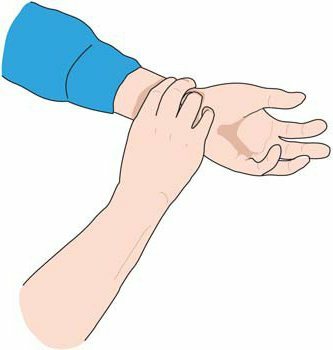
The number of heartbeats is 30 seconds, the result obtained should be multiplied by two. Normally, the number of strokes for a healthy man should be 70, for a woman - 80 beats per minute. Currently, there are devices that can automatically determine the heart rate. These devices are called pulse tachometers.
The pulse rate during the day gives a daily rise. The first takes about 11 days, the second - in the interval from 6 to 8 pm.
If the heart rate per minute exceeds the 90 mark, the condition is called tachycardia. If the pulse rate does not exceed 60, the patient is diagnosed with a bradycardia.
Heart rate determination
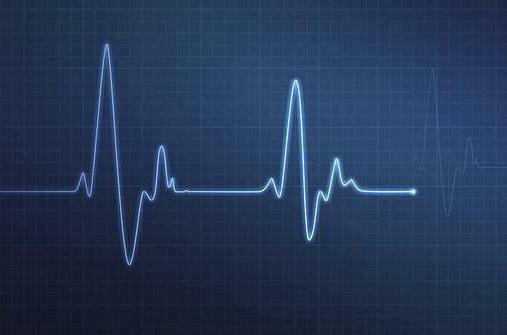
If the rhythm is correct, heartbeats must follow one after the other at regular intervals. Otherwise, the pulse is called irregular. A healthy person often has an increased heart rate on inspiration and a decrease in exhalation. This process is called respiratory arrhythmia. A small hold of breath will help to eliminate it.
Determination of the heart rate
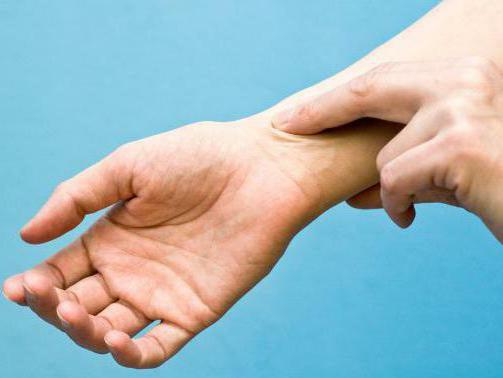
The heart rate is determined by the incidence and pressure rise in the artery during the passage of the wave.
A rapid pulse can be felt with a rapid rise and fall of the pulse wave in the artery. This process is proportional to the rate of change in pressure in the radial artery. Such a pulse can be both high and large. In its pure form, it may well occur with physical stress. Sluggish and slow pulse is observed with a slow rise and fall of the pulse wave. This kind is characteristic for fainting, collapse or mitral stenosis.
Determination of the pulse voltage
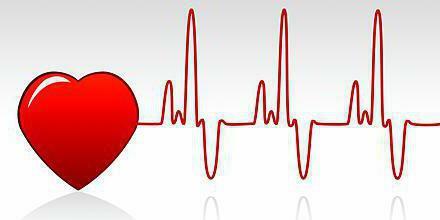
The pulse voltage is determined by the force necessary to completely stop the wave propagation. The pulse is tense, hard, soft and relaxed. Depending on the degree of stress, you can name the approximate amount of blood pressure. Together with the arterial pressure, the tension will increase.
Determination of pulse filling
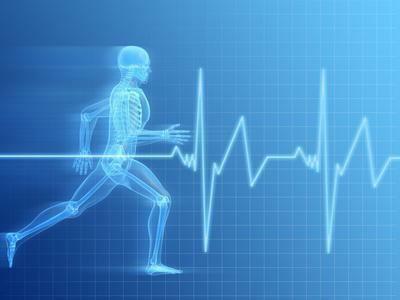
The pulse filling is determined by its magnitude and voltage. This parameter directly depends on the volume of blood circulating in the artery. Pulse is complete( at the same time it is divided into large and tall), and also empty( this can be only small).
Determination of heart rate in children
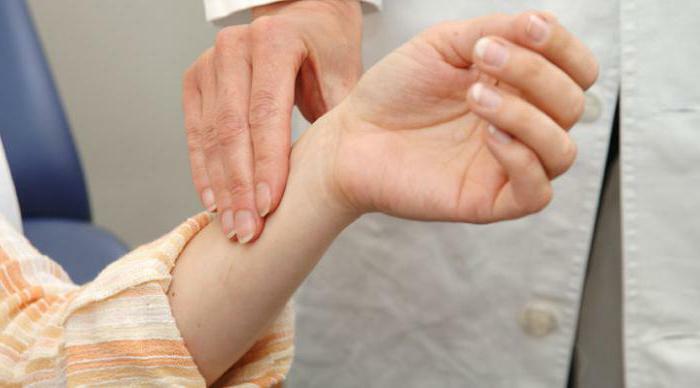
In children, it is palpated much better than in adults. This fact is explained by the fact that in children metabolic processes are more intense. Also, the pulse rate increases due to rapid contraction of the heart muscle and because of the less influence of the vagus nerve.
The child's pulse is most clearly felt on the temporal or radial artery. If the child is small and restless, auscultation of heart sounds should be used to calculate the pulse. In order to determine the pulse rate as precisely as possible, it is necessary that the child is at rest. As a rule, for one breath the child has 4 heart tremors.
The rapid pulse of the child appears with anxiety, screaming and eating. If the body temperature rises by 1 degree, the heart rate increases by 20 beats per minute. Girls have a pulse at 6 strokes more often than boys.
What to do if the pulse is low
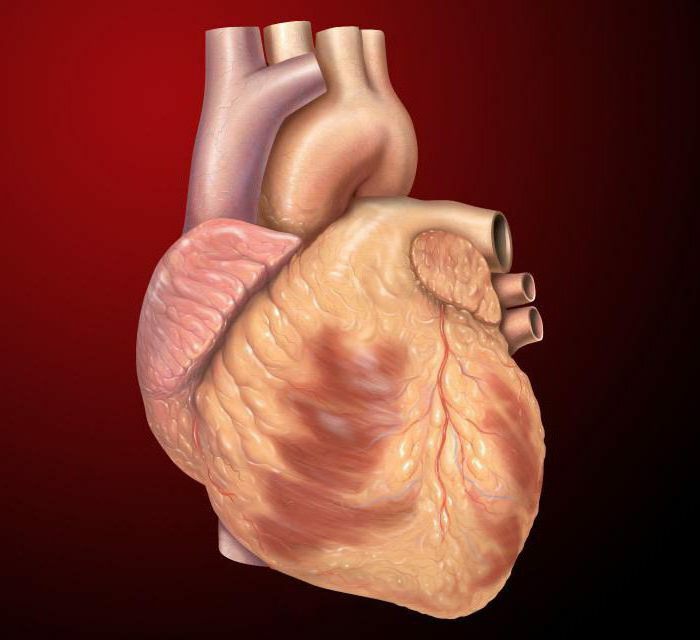
Often, patients ask doctors: "Why the pulse is 50 beats per minute? This is normal?".That you knew, at once we will tell: this deviation. You can call such a feature pathology. Let's talk about this in more detail. With a pulse rate of less than 60 beats per minute, a bradycardia develops. That's why the question "Pulse 50 beats per minute - is this normal?" You can give an exceptionally negative answer. In the normal state, this value should be from 60 strokes to 120 beats per minute.
Causes of bradycardia:
- infectious diseases;
- intoxication;
- nerve diseases;
- high intracranial pressure;
- thyroid disease;
- taking medications;
- disorders in the work of the cardiovascular system;
- fasting;
- Botkin's disease;
- elevated potassium content in the blood;
- myocardial infarction.
Reduction in heart rate may also occur during shock, adaptation to new temperature regimens or after head or neck injuries.
Pulse 50 beats per minute. Causes and precursors of bradycardia
When the heart rate slows to 50 beats per minute, a person begins to feel weak, dizzy, cold sweat appears, and a faint is possible. Due to the fact that the heart begins to slowly pump blood, the brain experiences oxygen starvation. There have been cases when fainting with slowing of the pulse led to cardiac arrest.
Signs of a bradycardia:
- The presence of a decreased pulse may be indicated by the patient's personal feelings. These are frequent dizziness, weakness, a pre-stupor condition.
- An electrocardiogram shows a decrease in the number of heartbeats, with increasing intervals between them.
- Holter monitoring during the day.
Pulse 50 beats per minute. What to do?
Bradycardia is treated in two ways. If a person's pulse is 50 beats per minute, medications are prescribed or a minimally invasive operation is performed, at which a pacemaker is installed. It is necessary in order to set the heart a certain frequency and rhythm of contractions.
If the pulse is 45-50 beats per minute is not caused by the presence of serious pathologies, in order to increase it, one should adhere to the following recommendations, namely:
- to observe a full rest regime;
- drink once a day a cup of green tea;
- perform physical exercises aimed at strengthening the blood vessels of the heart;
- to take vitamin komesy that contribute to increased heart rate;
- take various herbal remedies.
You should also stop using alcohol and smoking. It is necessary to conduct cardiological measurements every day.
Often, people who meet the described pathology, ask questions like "Pulse 50 beats per minute: what to do?".Folk remedies can help, and it is necessary to know. Some of them are effective drugs that can reduce the likelihood of syncope to a minimum.
From the recipes of traditional medicine, which will help to normalize the pulse, you can use the following. Firstly, it is the root of ginseng. Also, leaves or an extract of Eleutherococcus are often used. Let's talk more about ginseng.
To increase the pulse with this folk remedy, take about 20-30 g of the root of the plant and grind it well. After that, take a liter of vodka and pour shredded ginseng. In this condition, the tincture should be left for a period of 2 to 3 weeks. At the end of this time, take the infusion before meals in the amount of 15 drops, 20 minutes before lunch and dinner. To achieve the effect, this should be done within 2-3 months.
If we talk about how to increase the pulse by any possible means, first of all, caffeine and ascofen can be noted. However, self-medication is not the best thing to do in this case. In occasion of reception of similar agents it is best to consult with the therapist. He will tell you in what dosage you need to take medicine.
A good solution to the problem will be hot sweet tea and other tonic drinks. Such funds are contraindicated for people suffering from chronic heart diseases.
You can practice physical therapy. In the most extreme case, a cardiologist decides on a surgical procedure.
